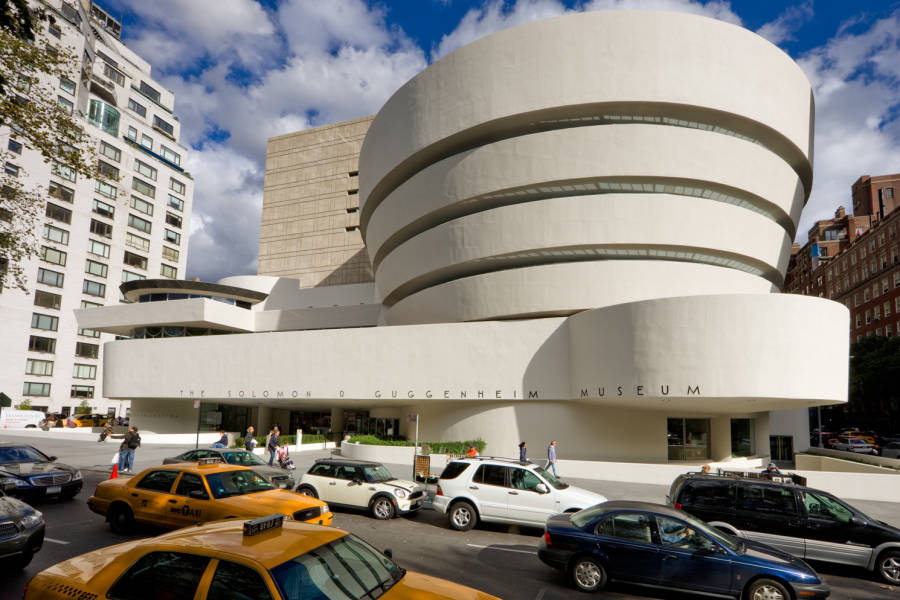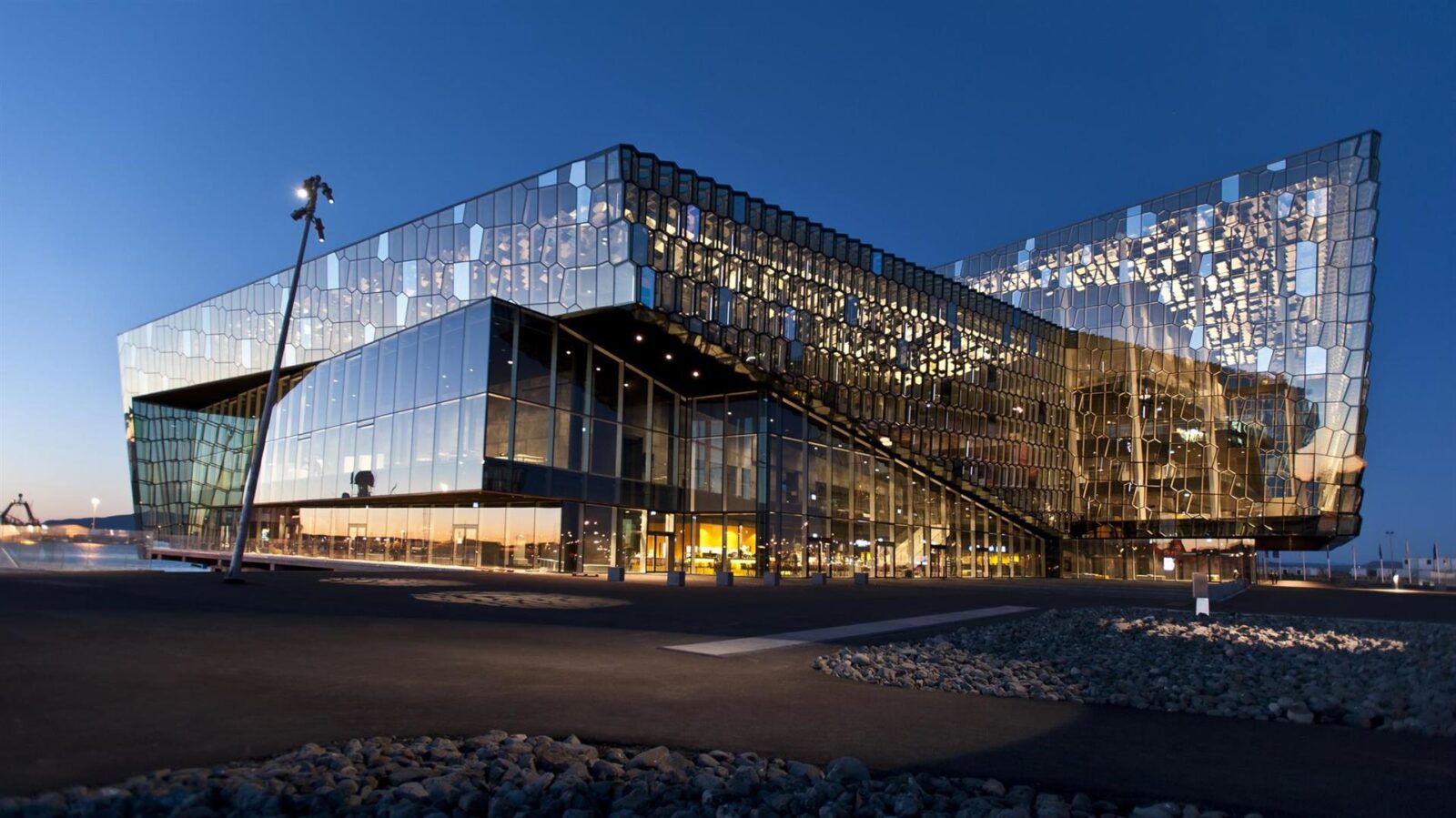
The Importance of Place in Architecture
“We shape our buildings and afterwards our buildings shape us,” declared Winston Churchill before restoring the bomb-destructed House of Commons.
More than 70 years later, his wise words continue to reign true, and rest at the forefront of many architects minds. These words taught us that buildings, roads, and houses are more than geographical locations. Places tell stories, fortify memories, and help to better navigate the intricacies of the world around us. Needless to say, places are vital components of who we are as individuals. So, in what ways does place in architecture impact our lives?

Place shapes identity
It may not come as a surprise, but the architecture plays a crucial role in the development of identities. Studies have shown that buildings and cities can affect our mood, and that specialized cells in our hippocampus are synchronized with the geometry and design surrounding us. While this may sound overly pedantic at first, it begins to make sense when you think about it in terms of storytelling. Think back to the time a bee stung you during your first tennis match in high school, or when you twisted your ankle walking down the stairs on your first day of fourth grade. Our lives are constantly intertwined with the architecture of our surroundings — making storytelling close to impossible without also giving ample locational details for context.
For centuries, architecture has garnered the ability to strongly influence a person’s intrinsic sense of self, or identity. How: you might be asking, could a building possibly influence my identity? Architect critic, Sarah Goldhagen weighed in, stating, “The spaces and body we inhabit greatly determine the way we think.” She concludes that if, “autobiographical memories make up our identities, then the environments we inhabit shape who we are.” So, architecture shapes our identity because our thoughts and activities are so closely centered around architectural places.

Place reflects culture
Before an architect sits down to design a building, they first consider the culture of their intended audience. For example, building a renowned art museum in New York might produce better results than if built in a small town in Alabama, similar to how a surf shop might attract more customers in Los Angeles than it would in Alaska. The beautiful part about architecture and culture is that it widely varies from place to place. Adaptability is so important for architects, because it is essential to stay up to date with recent current cultural developments or changes in order to match your audience’s preferences accordingly.

Place influences history
When you think back to history class, you may recall buildings such as: The White House, the Berlin Wall, the 9/11 Memorial, Mount Rushmore, the Colosseum. Each of these historical monuments represent not only a moment in history, but also a place where revolutionary history occurred. We use these monuments to mark important historical triumphs, commemorate valuable people who were lost in tragedy; or, in the case of Mount Rushmore—to carve out a memorial of our countries most courageous leaders. To quote the great Maya Angelou, “You can’t really know where you are going until you know where you have been.”

Place inspires ideas
Iconic architects encourage others to broaden their scope of the world. Openness to new ideas is necessary for creativity to flourish, and has inspired some of the greatest masterpieces of all time. Similar to the works of artists, architects are able to share their vision of the world with others. The breathtakingly intricate, bold, timeless, and downright stunning pieces architects create continue to encourage novice creators in need of a little push.

In architecture, many fail to realize the tremendous impact place has on an individual’s identity, actions, history, culture, and well-being as a whole. It all boils down to one universal truth: without architecture, we would not be the person we are today. Architecture serves as a stage for the life of man to unfold; it is the backdrop of all human interaction. While we are free to choose our stories, architecture will continue to act as the link between human interaction and the physical environment.
Make Portella a part of your next renovation or new architectural design. We provide high-quality steel doors, steel windows, and so much more. Find out more about us or get in touch today to see how our products can make a big difference in the look of a building’s architecture.
Are you open to adding another custom designed element to your doors? I’m interested in providing hand carved or machine carved, aluminum or brass cast panels to steel doors. Can be custom designed to fit any architectural style.